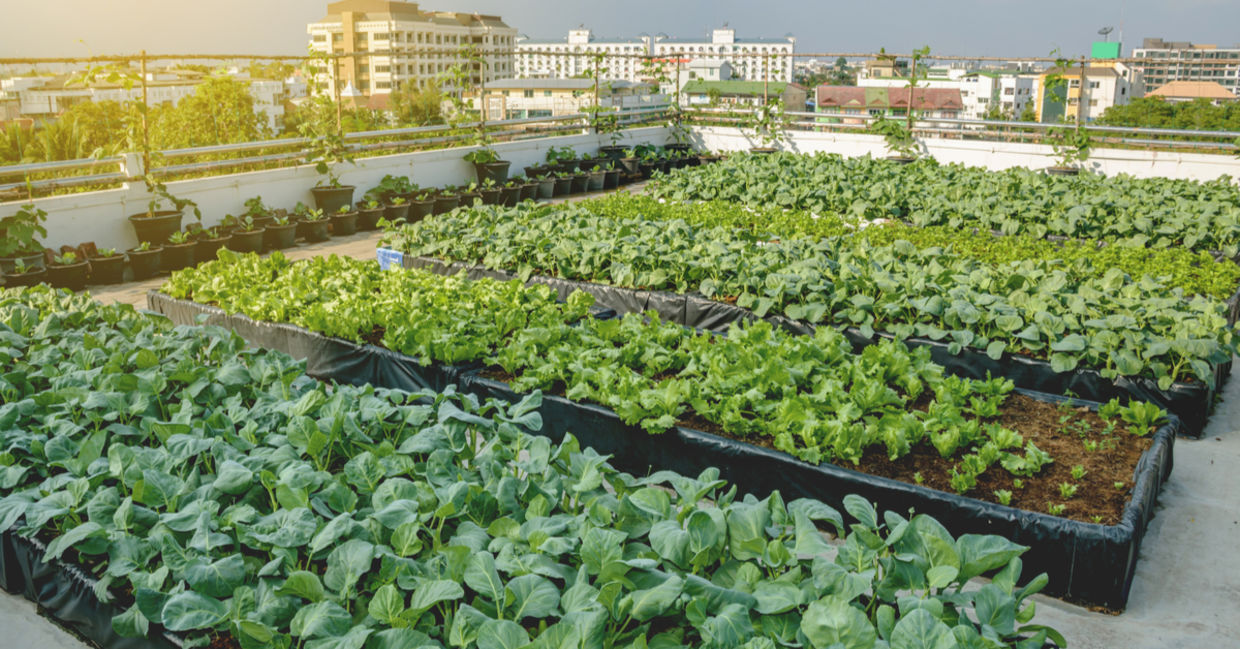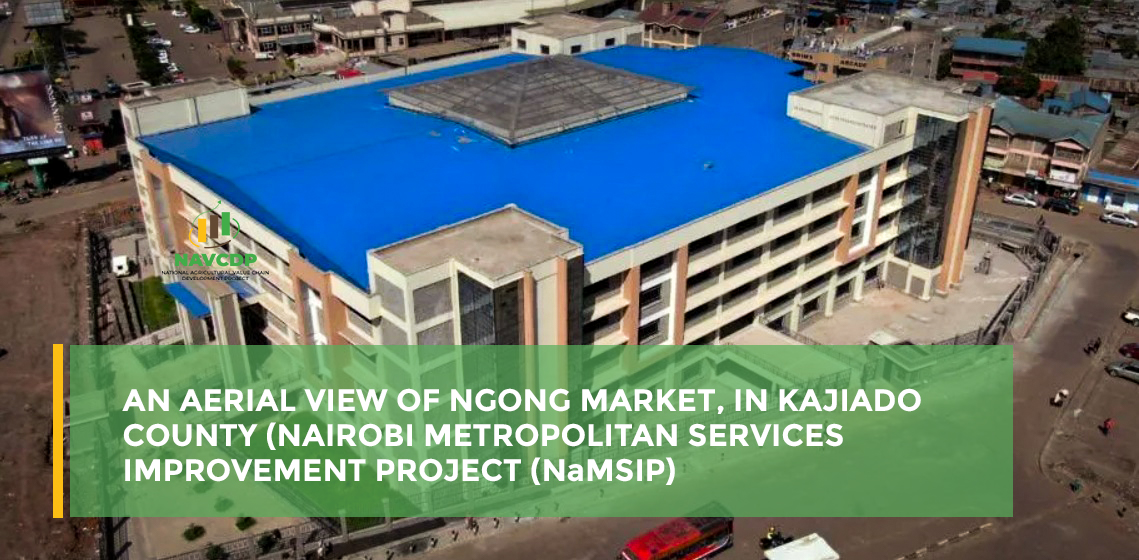Component 3 : Piloting Safer Urban Food Systems
The component will support the implementation of Urban Food Systems Pilot in Nairobi and peri-urban areas within a radius of 30 km from the CBD covering areas of Machakos, Kiambu and Kajiado Counties. The primary goal is to demonstrate the feasibility of an efficient, climate-smart, and safe urban food system through strengthening of urban and peri-urban agriculture, urban market infrastructure, and institutional and policy frameworks for safer urban food systems. This will focus on the development of safer food production systems, building direct farmer-to-urban consumer linkages, strengthening peri-urban clusters and urban markets, facilitation of improved institutional coordination and policy environment.

3.1 Urban and Peri-urban agriculture
This sub-component aims to promote urban and peri-urban agriculture in a sustainable manner, while creating opportunities for women and youth. This will be achieved through; development of a suitability map for urban and peri-urban agriculture, prioritization of cluster areas on agriculture potential and production resources availability, identification of production zones, formation of FPOs to provide farmers with a platform to access credit, inputs and technologies, and training of farmers on production techniques and organic waste management. The sub-component will target 400 farmers undertaking urban agriculture, and 10,000 farmers accessing TIMPs.
3.2 Urban Market Infrastructure
The sub-component aims to create an efficient and effective market system that benefits farmers and consumers by improving value chain integration, addressing inefficiencies, and upgrading market structures in Nairobi. This will be achieved through; conducting an assessment of the market linkages and physical market status for targeted value chains to identify gaps and possible sites for market upgrading, development of farmers' markets and wholesale markets, undertake FPO linkage between the farmers and consumer through TIMPs to reduce postharvest losses and commercialization, refining the market development model, establishment of a food distribution mechanism to strengthen rural-urban refrigerated transport systems.
The subcomponent targets linking 52 FPOs to the new markets and 20,000 farmers selling directly to urban markets.


3.3 Policy and Institutional Strengthening
This subcomponent will promote the production of safe, healthy, and nutritious food in urban and peri-urban areas by creating an enabling environment that supports policy and regulatory frameworks. This will be achieved by supporting existing policy and regulatory frameworks and developing new policies to support urban agriculture. The implementation of the Nairobi County urban food systems strategy and other policies, strategies and frameworks to address the gaps in the food system will be supported. A total of 600 stakeholders will be targeted to be trained on various legislations.

